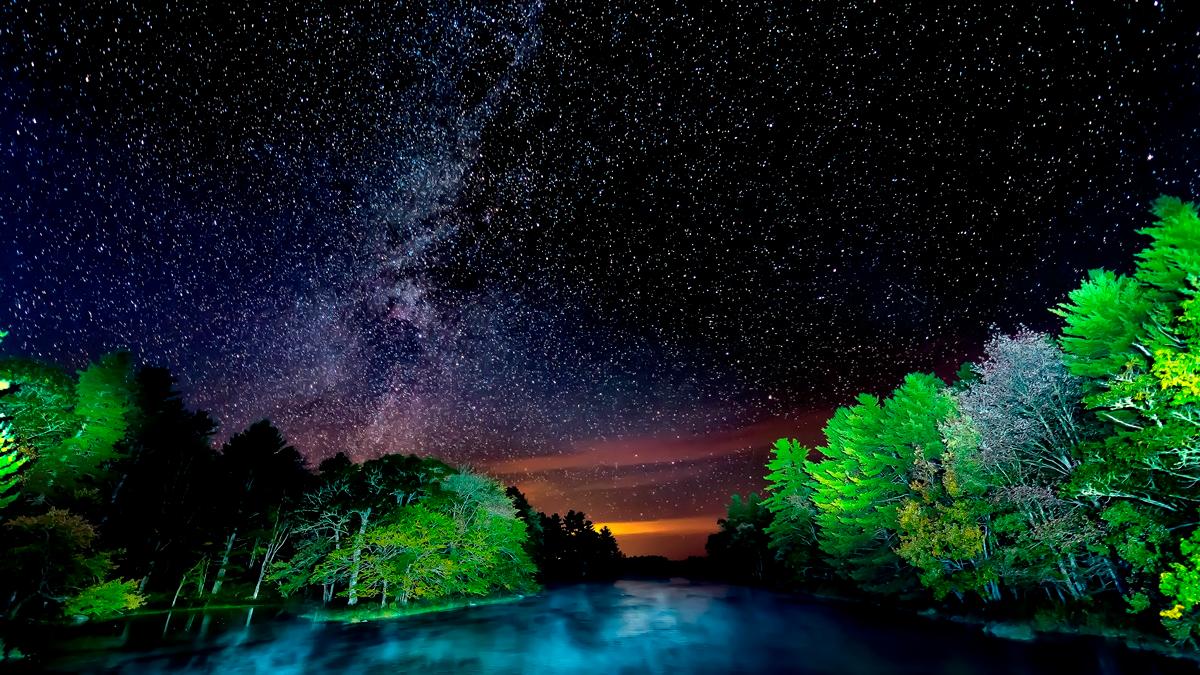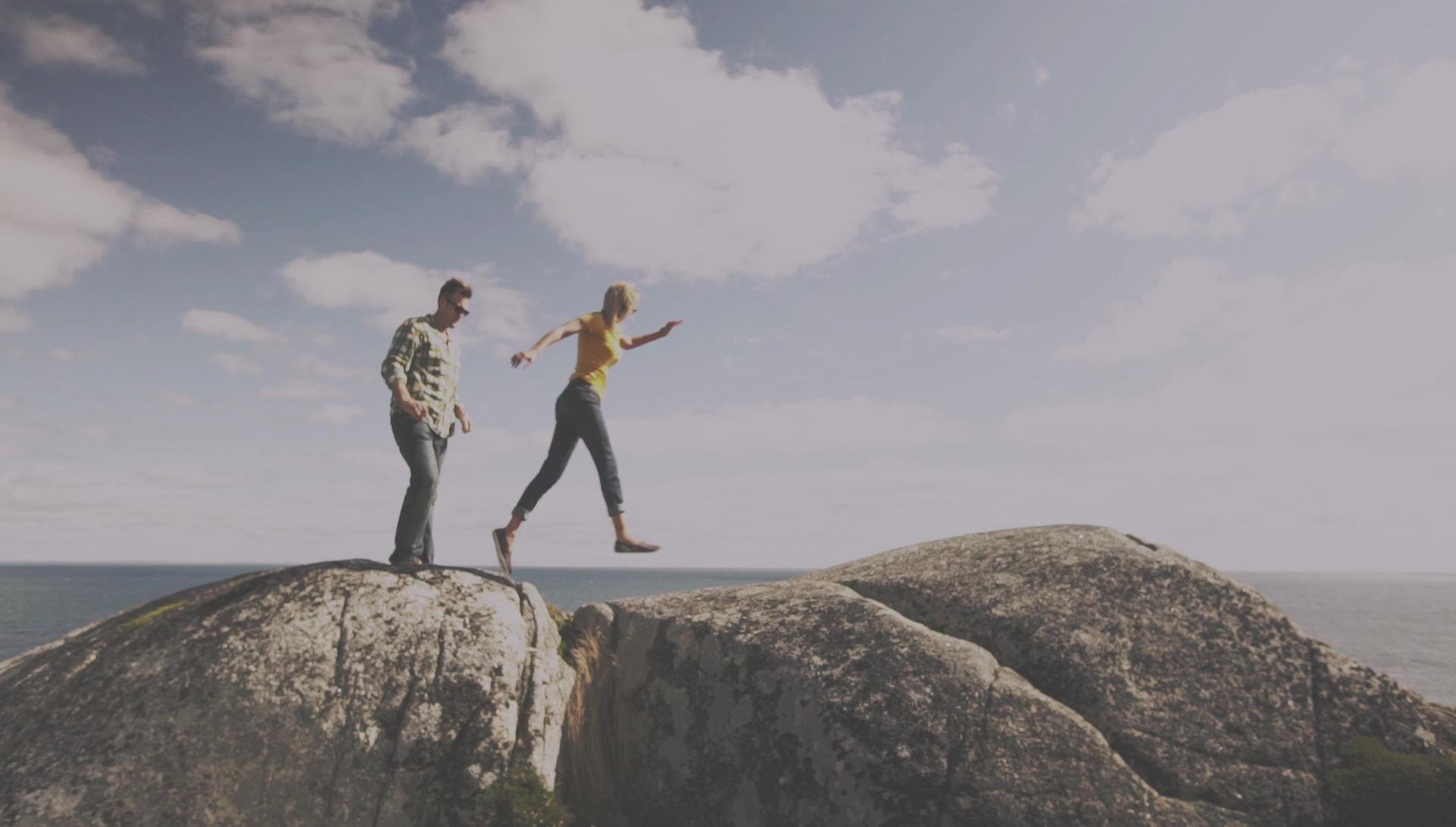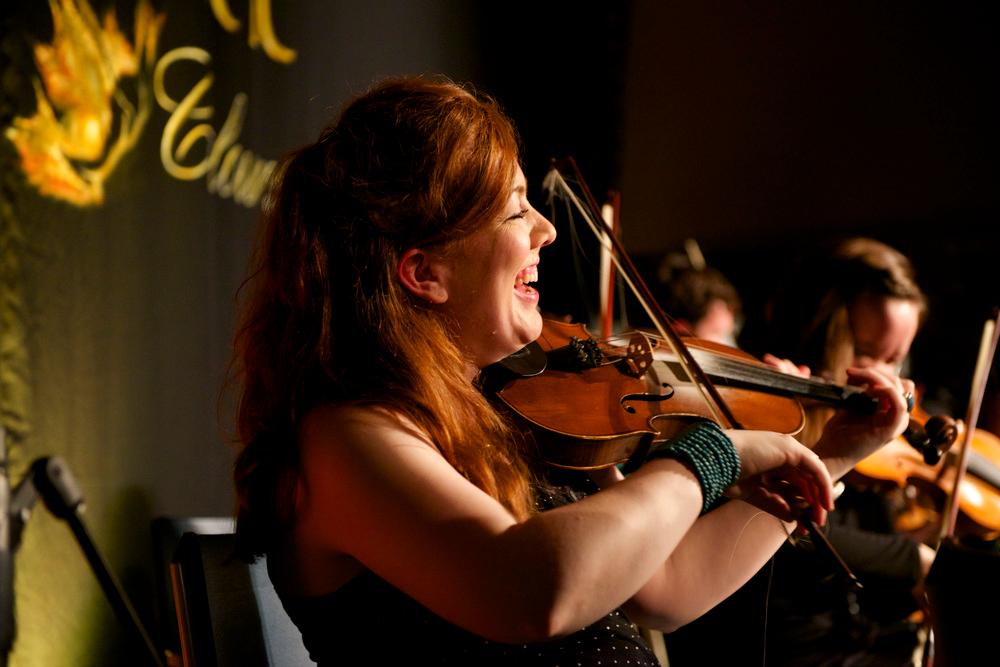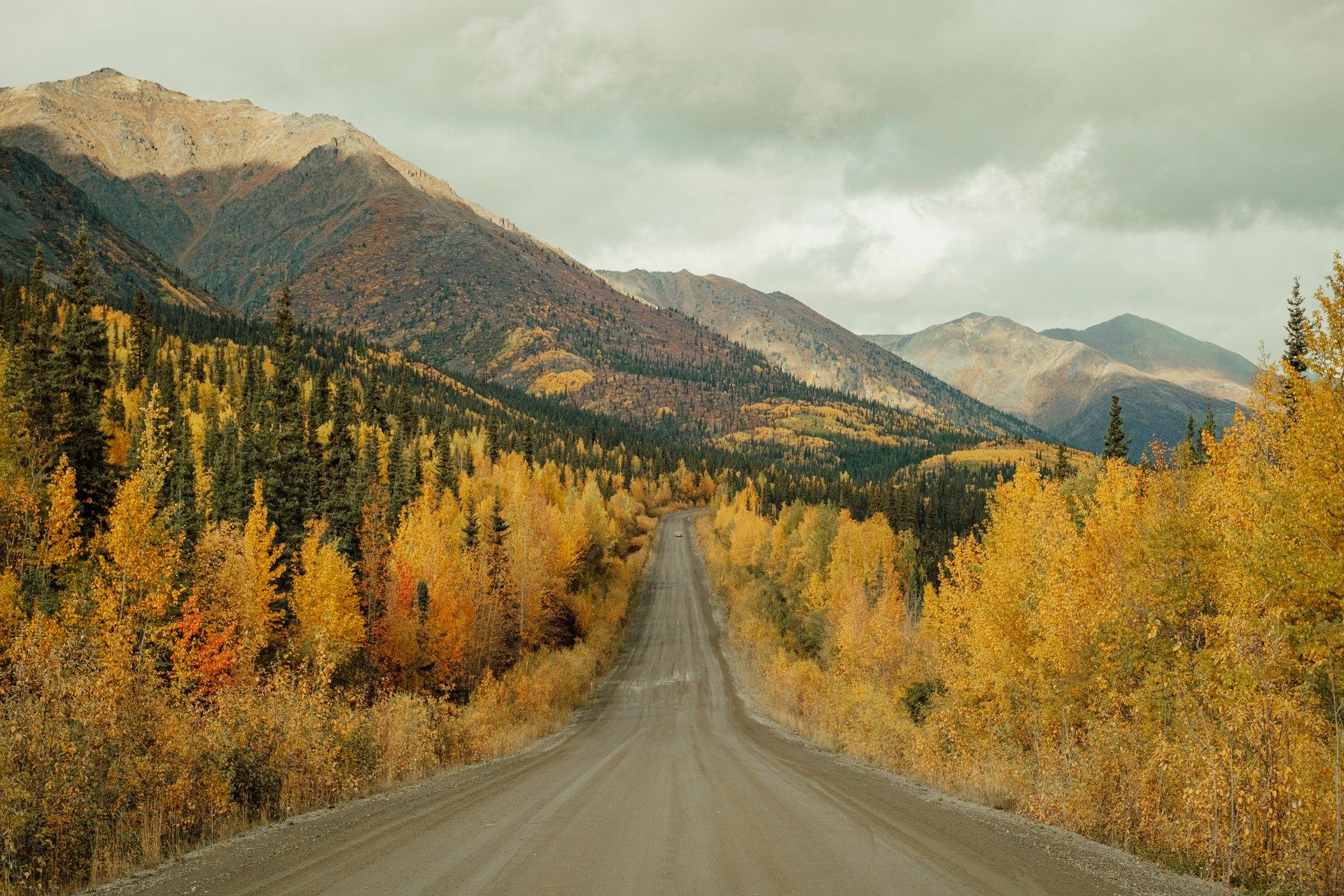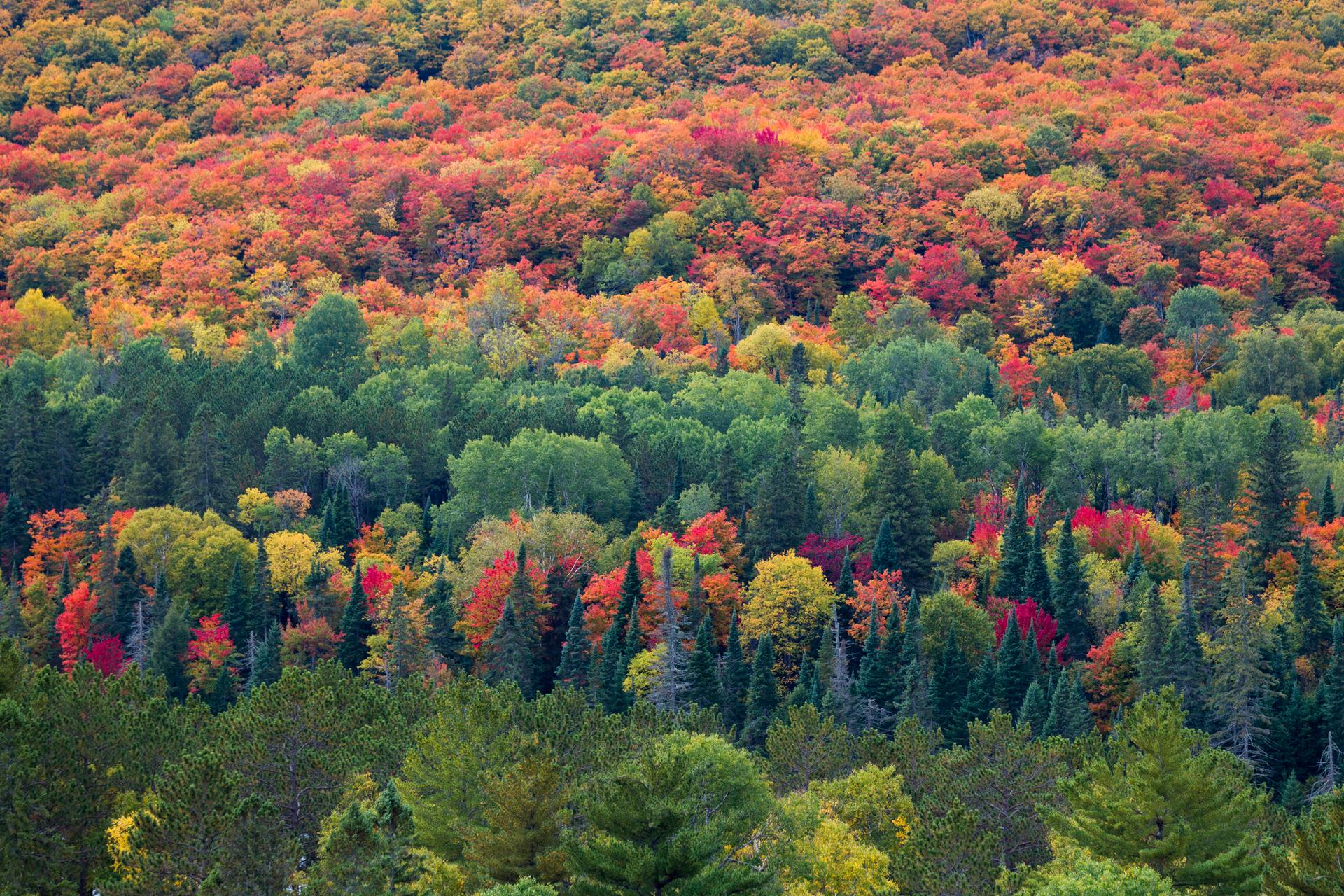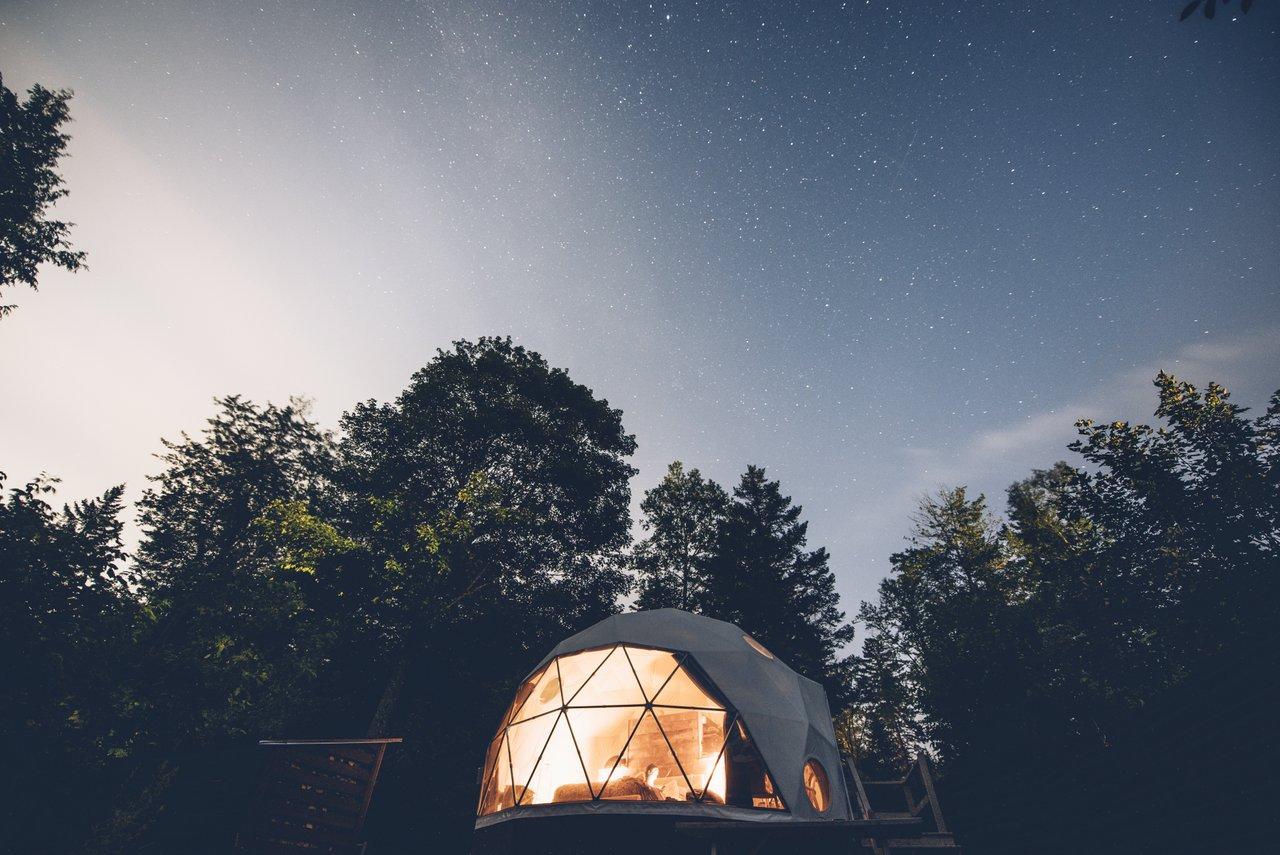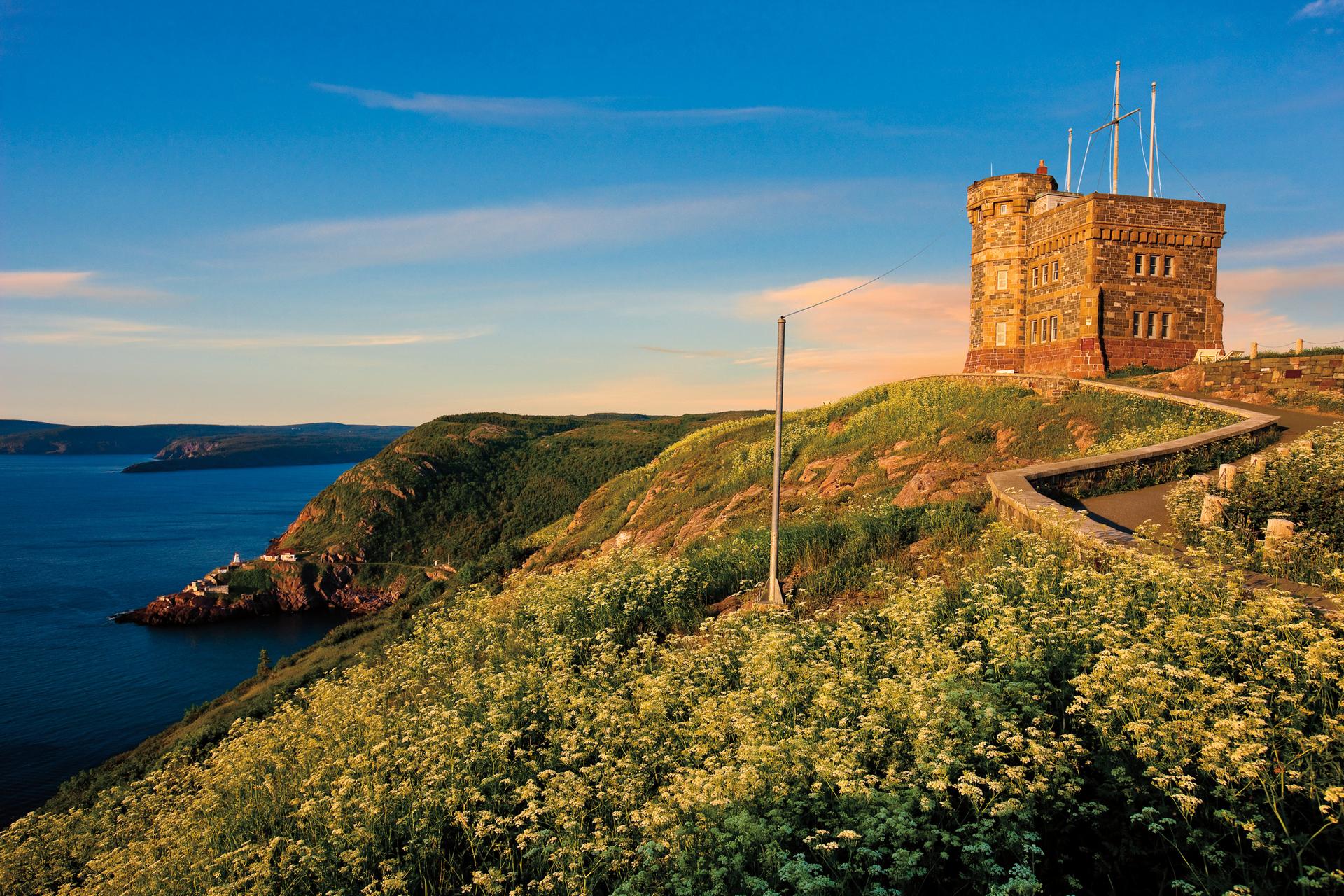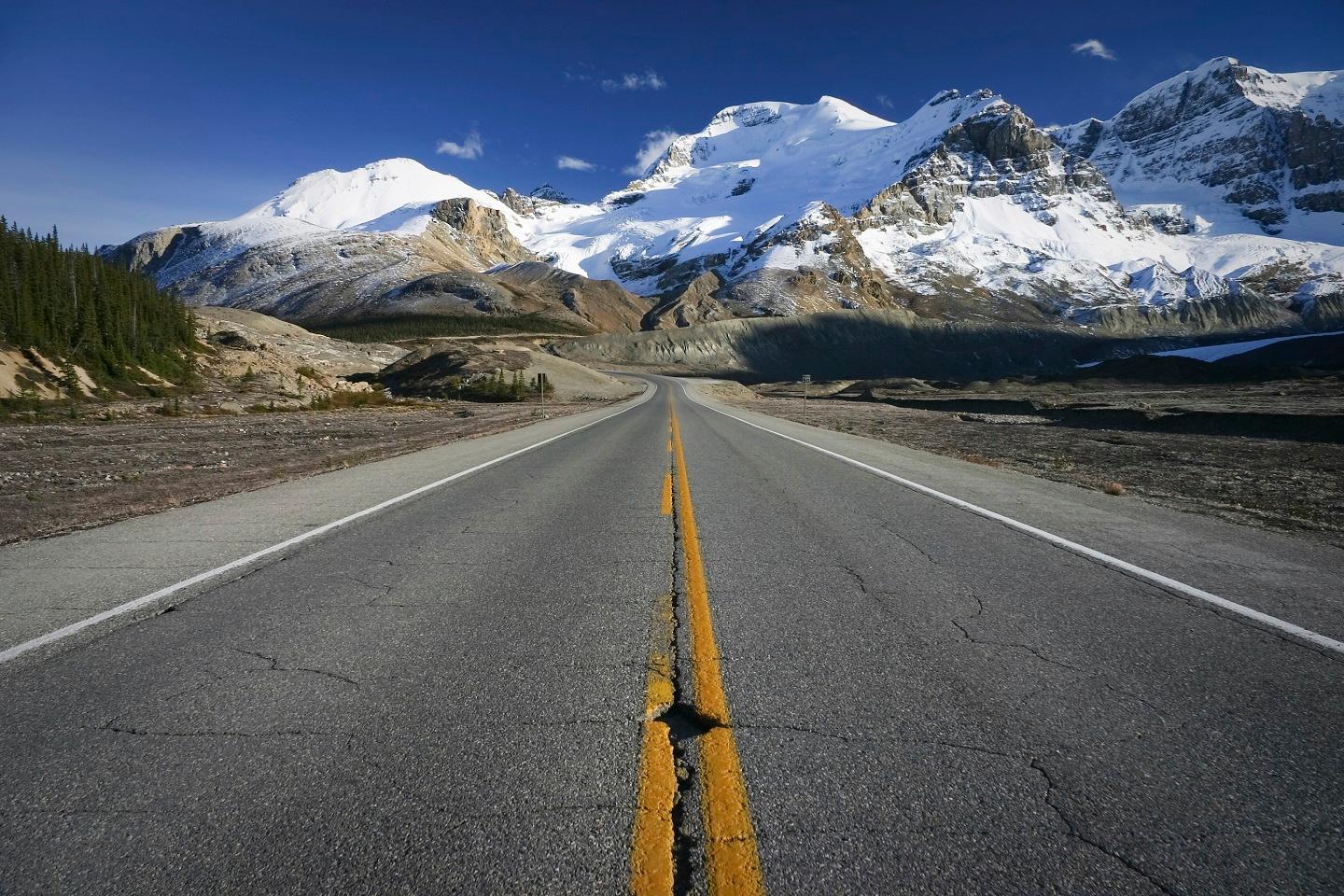Are you a fan of stargazing? You'll want to spend time at Nova Scotia's Kejimkujik National Park and National Historic Site. This place is special not only because it's a park and a place of historic significance, it's also the province's sole Dark Sky Preserve. That means a chance to sleep under the twinkling stars and planets -- perhaps the Northern Lights or Milky Way and a comet or two -- with virtually no ambient light pollution.
The park's name means "tired muscles" in the local Aboriginal Mi'kmaq language, named after the sizable lake there that was notoriously taxing to paddle across. Today, "Keji" as it's affectionately called is still a tranquil place of unspoiled nature for great outdoor recreation and low-key R&R. Oh, and did we mention the Caribbean-style white sand and turquoise waters that'll seduce you? See the the night sky all lit up combined with some outside play and major serenity.
What is it?
The Royal Astronomical Society of Canada named Keji a Dark Sky Preserve in 2010, limiting artificial light in nearly all of the park -- making it one of the darkest in North America. You're likely to see the moon clearly with all its lakes and craters, Venus, Jupiter, and Saturn, falling stars, and, if you're lucky, the occasional meteor shower. It also means nocturnal critters such as bears and coyotes aren't bothered by human lights, so will be much more active than at other illuminated parks. Keji is actually made up of two separate different areas. There's the main park/historic site about 60 miles inland from the Bay of Fundy near Caledonia. The other Seaside portion is a wilderness area on the Atlantic coast near Port Joli.
Why go?
First and foremost to sleep under a dazzling blanket of stars like you're the last person on Earth. Join an educational outdoor amphitheater show or night hike, or rent a Dark Sky Kit with red light, binoculars, and a star finder. Then, get into the history. The area has some 10,000 years of Mi'kmaq heritage. Take a guided tour along traditional Aboriginal canoe routes and hiking trails to see ancient petroglyphs and stone carvings with hunting and fishing motifs to learn more about the native people and their way of life. Be sure to reserve in advance. Finally, the quiet beaches are idyllic -- and filled with birds and wildlife.
When is the best time to go?
You can camp May to October, though the park is open year-round. Summer is glorious, mild and warm for swimming and water sports, hiking, biking, and paddling. Though it’s worth considering the sleepy shoulder months of May and October when you can have much of the area to yourself, plus in fall, the beauty of the changing leaves elevates this park even more in terms of natural beauty. In the colder months of late fall and early winter, the skies tend to be very clear, revealing an even more spectacular night sky. The park is generally un-crowded, but weekdays are always quiet.
Where to stay
You'll want to sleep in one of Parks Canada's sleek yurts or nifty oTENTiks (raised-floor cabin/tents furnished with beds and chairs) in a tent village among the hemlocks on Kejimkujik Lake. Of course, you can also tent camp at serviced sites or canoe, portage, and rough it in the backcountry with only the stars to light your evening.
Top things to do
Exploring the wilderness is paramount. By canoe or kayak is the optimal way to see the clear lakes, rushing rivers and crystalline ocean shoreline -- some of Atlantic Canada's best paddling. Especially enjoyable is the Mersey River by kayak. Author Albert Bigelow Paine described the traditional Aboriginal water routes in his popular 1908 book, The Tent Dwellers, and you can discover them for yourself. Bring your bikes, too, to tackle the well-maintained, easy going trails. Hiking the 15 day trails is also a great option.
See butterflies at two gardens where you can learn about Monarchs and how to garden back home specifically to attract the pretty winged insects, including taking home some butterfly-friendly plants. Hit the beach at Kejimkujik Seaside where you can picnic, hike the 7.5-mile loop trail, watch seals and piping plovers play, swim, and standup paddleboard or kayak.
Sit in the red chairs: Parks Canada has crimson Adirondak chairs (called Muskoka chairs in Canada) placed in perfect spots at parks around the country. Take a seat, take in the view, take a selfie, and share your moment with friends back home.
And on your way in or out, don't miss some of Nova Scotia's top attractions. It's a beautiful, maritime, musical province of welcoming, seafaring folks who like a good lobster boil on the beach and impromptu fiddling session -- and you'll want to take your time to savor it all.
Find top vacation ideas at the Tourism Nova Scotia website.
